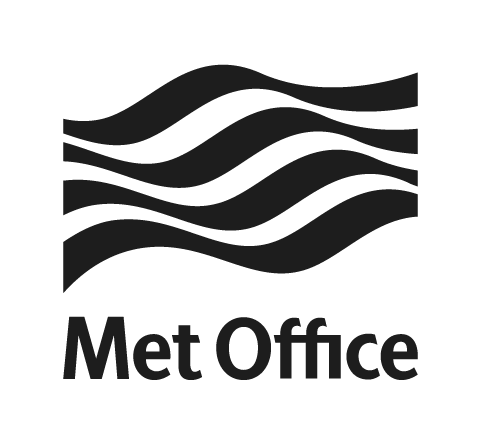Unified Model Documentation Papers (UMDPs)#
The UM documentation papers and online training are maintained in the MetOffice/um_doc repository, separate from the UM code. Changes to the documentation will therefore require their own pull request.
The latest documentation gets automatically built by CI. The same action will run when a pull request is opened to ensure that the requested changes builds correctly. The build script is available in the repository and should be used to test that the finished documentation looks as you intend before submitting it for review.
Standards#
As there are standards for coding, similarly there are a few rules for the UM Document Papers.
Latex is the default file format.
A pair of UMDP document classes are supplied in the um_doc repository for use with all UMDPs to maintain a consistent style.
You must use one of these two document classes, no exceptions.
Unlike some other in-built Latex document classes the UMDP classes do not support pass-through of options to their parent class, this is intentional and will not be changed.
The preamble requires the following setup commands to be present:
\title The title of the UMDP (Please avoid very long titles - use the optional subtitle command instead)
\paperno The UMDP identification number (3 characters, should match the directory name), if creating a new UMDP please request a new number (see below)
\umversion The version of the UM the document is valid for (e.g. “9.2” - This should ideally be the same as the documentation release as even UMDPs with no changes should be reviewed each release-cycle)
\owner The official owner and point of contact for the UMDP (This might be different to the contributing authors who may be listed by the optional command below)
The preamble also supports the following optional commands:
\subtitle May be used to provide elaboration on the title (or a way of shortening it if required)
- \author The list of contributing authors (which may or may not include
the UMDP owner)
- \titlecontent This is a flexible space which appears on the title page
and is left to the author’s discretion - it could be used to place a short abstract-style paragraph on the cover, to contain footnote references to the list of authors or any other purpose.
Any package available in an unmodified TexLive (version 2018) installation is permitted, provided it doesn’t alter the page layout and other presentational elements of the UMDP document class, or require source commands that are too complex/difficult to maintain or for other authors to understand (at the discretion of the Code Reviewer / UMDP Librarian/s).
Make sure all files required for build are in the repository. No dependency shall be stored outside the repository.
To ensure the integrity of the UMDP repository it is essential that all the required files, source and diagrams to create the documentation are included.
It is not acceptable to only provide a pdf or html link.
It should be possible for our partners to build UMDPs and modify them l locally if we are to expect them to contribute to UM development.
There is no need to write a Makefile or other code to build each UMDP, this is all handled by the build_umdoc.py script. However it identifies the top-level document by the presence of the documentclass command, so you should never allow more than one file to contain this command. (See other UMDPs for examples; these should be standard across UMDPs.)
Making Changes#
Making changes to the UMDPs follows the same process for setting up a fork, developing on a branch and reviewing through pull requests as outlined in the Working Practices.
The source for the UMDP documents is in the source folder, in sub-directories
named after the UMDP number of the each document. You should not need to edit
anything outside of the source directory.
When changing a document the Last Updated version number must be updated
to reflect the upcoming release. This is done by changing \umversion{} in
the documents pre-amble.
To test build the documentation:
./build_umdoc.py XYZ
XYZ is the UMDP number of your modified document (more that one can be specified if you wish)
The PDF output will be in output/papers/umdp_XYZ.pdf
Build stdout and stderr will be in output/logs/umdp_XYX_stdout.log.
Tip
Further details on the build script can by found by directing a browser to web/build.html

